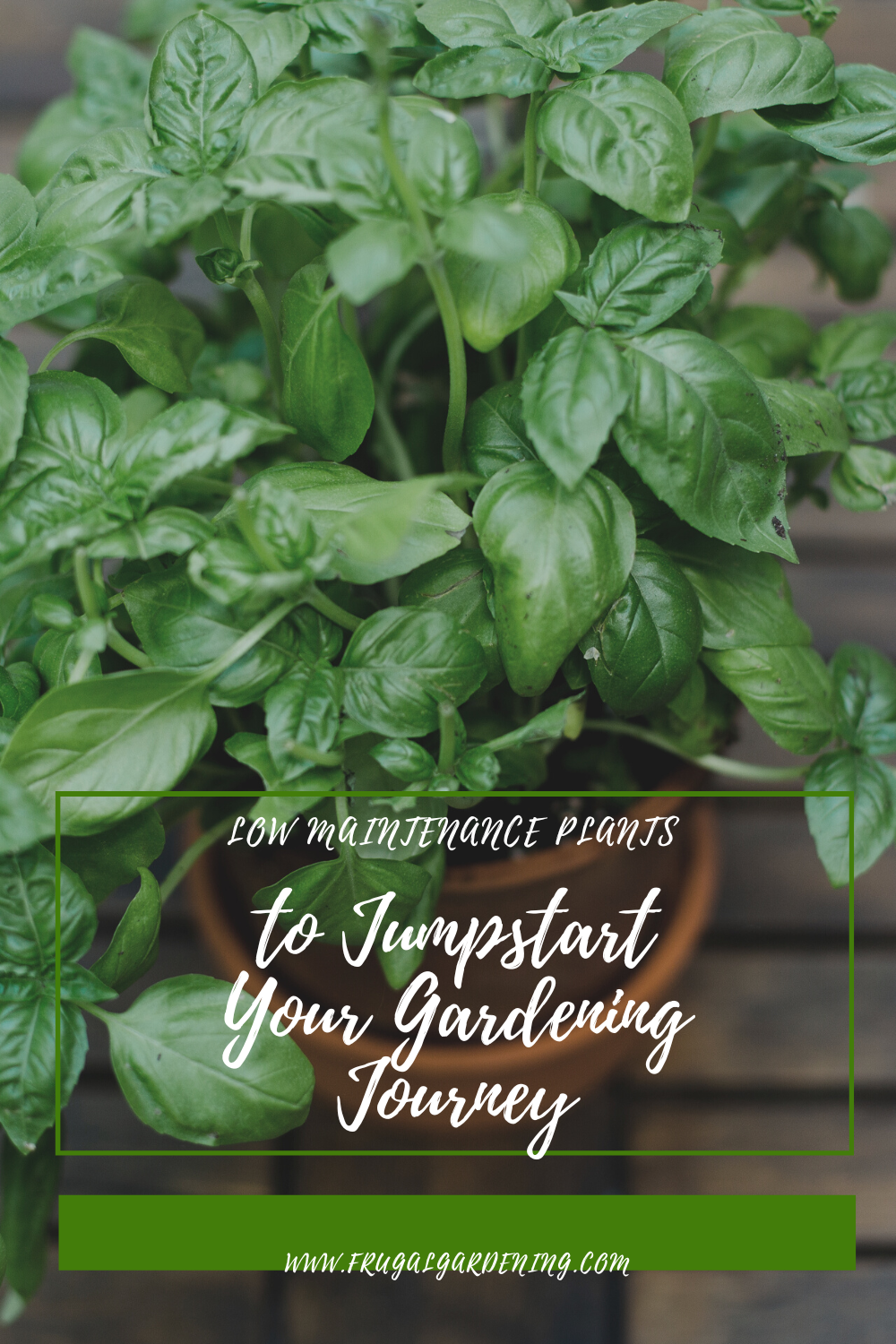
Low-maintenance plants and gardens are great ways to start your gardening journey.
Some plants can produce tons of food with minimal effort from you, especially if you set your garden up to be low-effort from the beginning.
First, I will explain how to set up a low-effort garden, and then I will give you some ideas for low-effort plants.
Low Effort Gardens
A low-effort garden starts with a good plan.
First, pick plants with similar soil needs like pH balance, water, and nutritional needs.
Second, arrange them so beneficial plants are close to each other. Companion planting is a great way to use plants to benefit each other and grow big, tasty veggies.
Third, use preventative measures to keep weeds and pests out.
You can buy weed fabric (or several layers of newspaper) that you put down around your plants to block light from reaching the soil and preventing weeds.
And don’t squish wolf spiders or other predatory insects that will eat the herbivorous insects you don’t want in your garden.
Fourth, automate your watering. Using a drip irrigation system allows for more even water distribution, saves water and money, and allows plants to absorb the water very efficiently.

Basil growing in a plastic cup!
Low Maintenance Plants
Growing these veggies will be easy and fun, plus they will make old recipes seem new because homegrown is much tastier.
Herbs
Most herbs are easy to grow, and some are adapted to thriving in the harshest climates, so they can easily overgrow their patch. Try growing them in containers to prevent this.
And growing them in containers means you can put them close to your kitchen so you can just snip some off the plant when needed.
Remember that when cooking with fresh herbs, you need much more than when cooking with dried. This is because the herbs will lose volume as they cook, resulting in the concentration of the flavors.
Beans
Beans are nitrogen fixers and beneficial to the soil, meaning you don’t have to fertilize for nitrogen as much if you plant beans.
You can also sprout beans and eat the sprout. This means that you can germinate the seeds, which can be done on a wet paper towel in a dark area, and put them on a sandwich or in a salad.
Leafy Greens
Lettuces, kale, and spinach are easy to grow in cool weather, so plant these in early spring and enjoy fresh, crisp salads all spring.
When you want to eat, pluck off some outer leaves while leaving the center and roots in the ground.
Peppers
Peppers of all varieties are easy to grow annually and produce fruit for several weeks.
Young transplants are common and cheap at nurseries every spring, or you can direct sow the seeds to avoid the work of transplanting.
Just ensure there are enough days left for the plant to complete the growing cycle. You can find this information on the back of the seed packet.
Conclusion
Low-maintenance plants and gardens are great for producing food without breaking your back. What would you add to this list?
Read More:
Tips to Prevent Winter Plant Damage

Ali is a homeschooling mom of 5 who includes gardening and food prep as important subjects in her school. She has been raising plants her whole life and learned how to garden from her father. When she isn’t caring for her plants, she can be found reading or hiking.
Leave a Reply